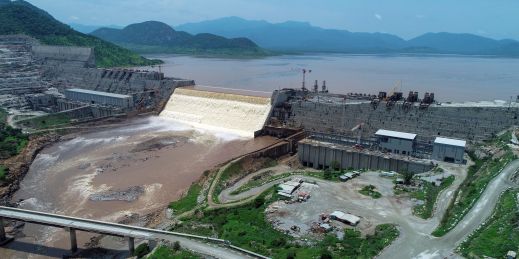
Amid the fanfare surrounding BRICS’ expansion last month, the longstanding tensions between Egypt and Ethiopia over the latter’s mega-dam project on the Nile went largely unnoticed. In offering both countries membership, BRICS has absorbed a complex regional conflict, raising questions over its potential to shape global affairs.

